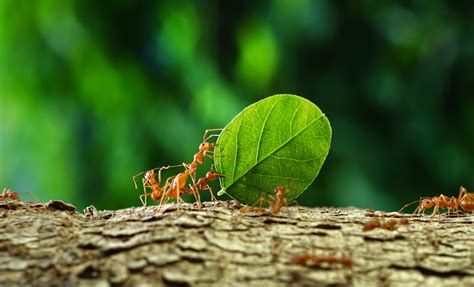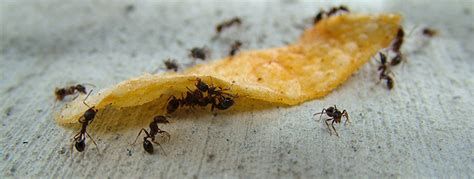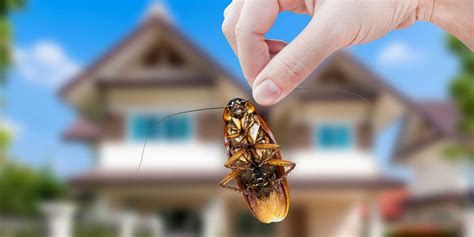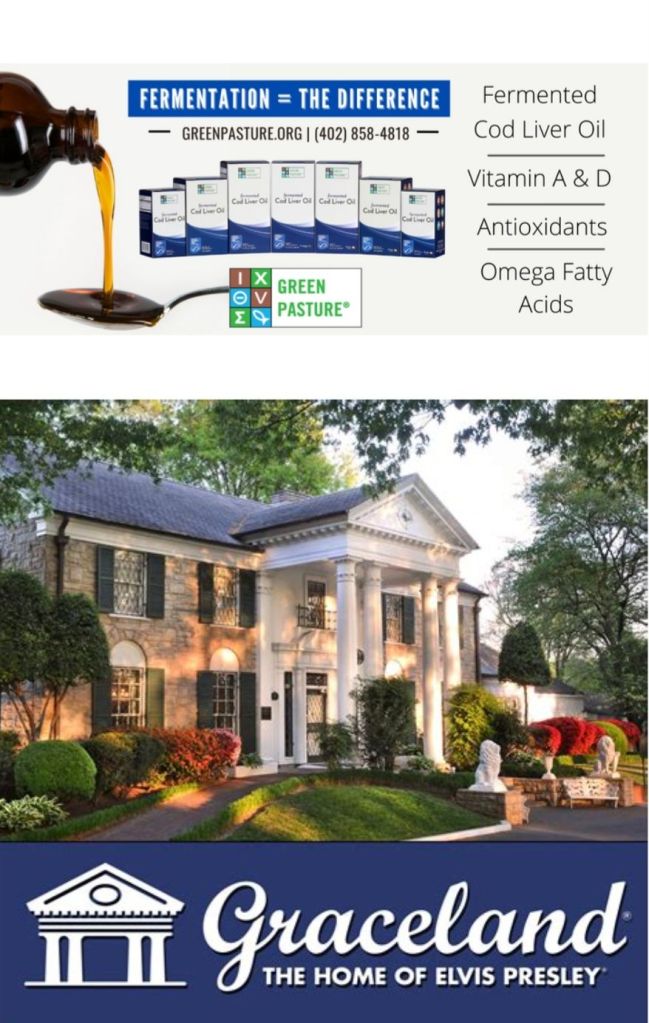
As temperatures rise, pests are more attracted to houses and commercial buildings in search of food, water and shelter.
When fortifying your building against pests, remember it is more cost effective to invest in long-term preventive solutions vs. short-term strategies that simply check a box. Once pests establish their presence inside a home, or any building, it is more difficult, time consuming and expensive to eradicate them.

As temperatures rise and landscapes bloom, pest pressure around houses, apartments, manufacturing plants, warehouses, office buildings, and health care facilities increases. Pests including ants, flies, stinging insects, and a host of occasional invaders including stink bugs, hit their prime in the summer.
This increase in unwanted crawling, creeping and flying visitors puts pressure on home owners and property managers to do what is necessary to keep pests on the outside where they belong.
What Attracts Pests to Your Building?
Pests are attracted to buildings for three primary reasons: food, water, and shelter.

- Food: Pests are attracted to food sources such as crumbs, spills, and improperly stored food items. This includes pantry pests like beetles and moths, as well as rodents, flies, cockroaches and ants.
- Water: Certain pests need water to survive, so leaks, standing water, and improperly maintained drainage or irrigation systems can attract them. Cockroaches, for example, are known to be drawn to damp, dark areas and termites are attracted to moist soil and water-damaged wood.
- Shelter: Like humans, pests want relief from summer’s hot and dry weather. Buildings with cracks, crevices, and other entry points provide ideal hiding spots to beat the heat for pests like rodents and insects.
In addition to food, water and shelter, pests can be attracted to properties by the following:

- Waste: Garbage, recycling bins, and dumpsters are attractive to pests because they provide easy access to food and shelter. Regular waste management is essential to prevent pest infestations. Poorly located trash and recycling dumpsters near loading dock or exterior entrances can attract a wide variety of pests.
- Plants and Landscaping: Overgrown vegetation, mulch, and plant debris can harbor pests like ants, rodents, and mosquitoes, especially if they are located close to the building. Roof rats, mice, squirrels, and ants find tree limbs touching roofs and vines up the side of a building to be attractive highways to access buildings through HVAC or utility openings on the roof. Bushes and shrubs planted too close to building foundations become pest magnets, offering near-ideal concealment and protection from the elements.
- Building Design: Excessive or poorly designed exterior lighting can attract flying insects to doorways, windows, loading docks or exterior hallways.
- Building Location: Pests do not respect property lines and will travel vertically and horizontally in their quest for food, water, and shelter. Pest infestations in adjacent units or next-door properties can spill over causing headaches.
Pest Hot Spots in Buildings
Furnace rooms, food service outlets, lunch/break rooms, employee locker rooms, and shipping and receiving areas are common pest hot spots inside commercial properties.

Employee work areas can also harbor pests if unsealed food and waste is available. On the exterior, loading docks, trash and recycling dumpsters, and landscaping features, including ponds and other water features, can attract pests.
Likewise, for homes. Any room where food is prepared or eaten is especially vulnerable. Bathrooms, washrooms or any place water is used and clothes, linens, etc. are stored are hot spots.
How To Keep Pests Out
The goal is to make properties as unattractive to pests as possible. This can be accomplished by following these recommendations:
- Do an Inspection: Walk around the exterior to identify structural, landscape and cultural issues that are attracting pests and providing them access. Document the items that need corrective action and set a timeline for making the repairs.

- Keep Doors and Windows Closed: Training residents and employees to close doors and windows is the most effective action we can take to deny pests’ access. Use screens if keeping doors and windows closed is not possible.
- Maintain Landscaping: Trim shrubs, bushes, and trees regularly—try not to let them touch the building. Do not crowd plantings next to buildings—leave enough space for a human to walk. In commercial buildings, keep mulch at a minimum; install a 12-inch stone/gravel barrier around the foundation to remove pest harborage areas.
- Eliminate Harborage Locations: Pests need a place to live, preferably a hidden space where they will not be disturbed. Minimizing inaccessible spaces can therefore assist pest management efforts: False ceilings, false bottoms under cabinetry, u capped concrete blocks, and gaps behind permanent machinery are examples.
Jack Dennis was the executive at H-E-B Food/Drugs over facilities management throughout Texas and Mexico for 25 years. This included grocery stores, gas stations, manufacturing plants, distribution centers, warehouses, offices, malls, airplane hangers and real estate properties.

☆☆☆☆☆
IN GOD WE TRUST

Thanks for supporting independent true journalism with a small tip. Dodie & Jack

Green Pasture Here!


Use Code CLEVER10 for a 10% discount online to be other Green Pasture products today!

.

CINDY LEAL MASSEY, TEXAS AUTHOR




